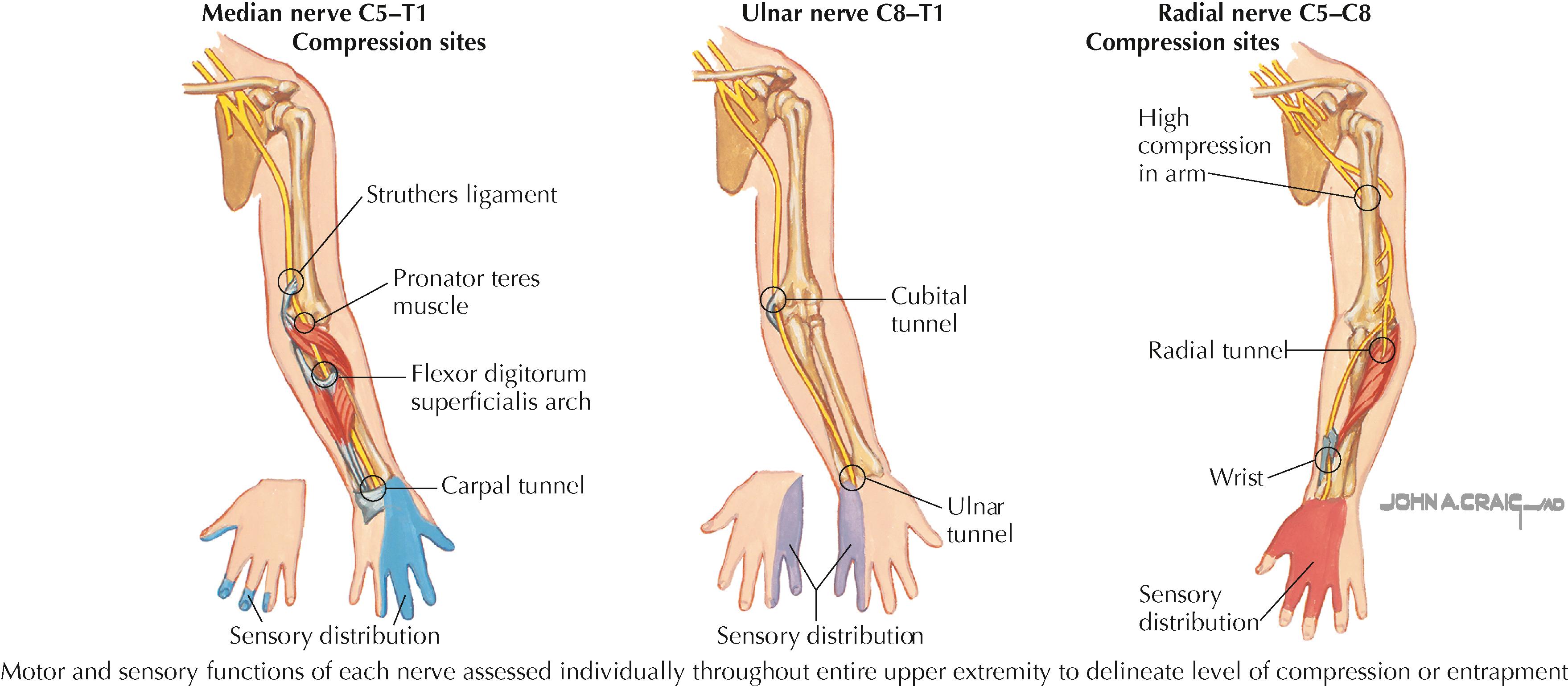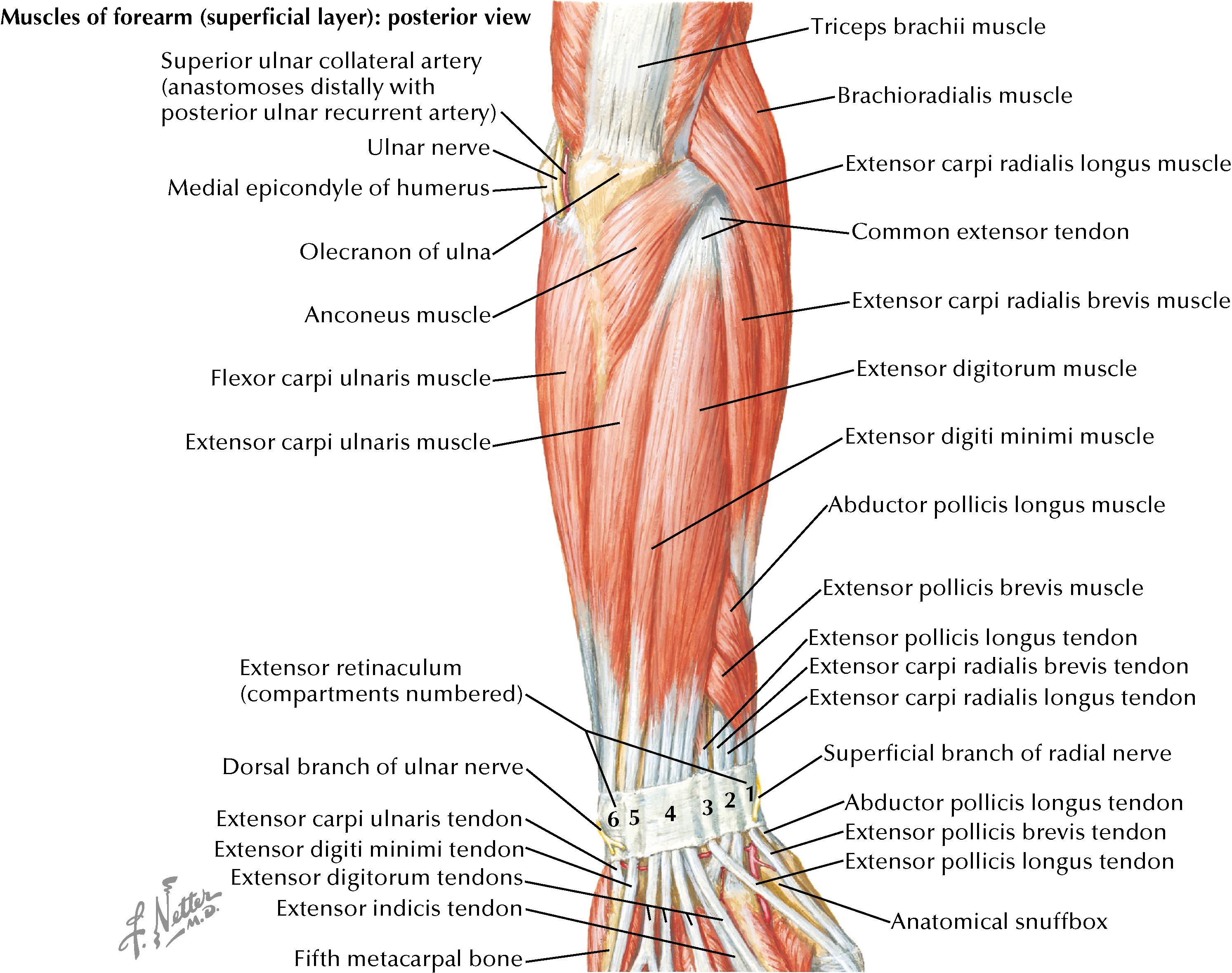Physical Address
304 North Cardinal St.
Dorchester Center, MA 02124
Electronic sports (esports), or competitive sports competition focused around video games, is a rapidly growing industry
Esports athletes train 10–12 hours a day, crafting their skills in various console and computer-based video games, including League of Legends, Counterstrike: Global Offensive, Rocket League, Overwatch , and Fortnite.
Top-performing esports athletes possess a specific skill set of enhanced neurocognitive processing speed, reaction time, and impulse control, making them “synaptic specialists.”
Secondary education institutions, colleges, and universities have begun to incorporate esports into their traditional varsity sports programs, with competitive scholarships being offered at 22 US colleges.
In this regard, esports share descriptions and goals similar to that of traditional competitive sports; however, given their relatively new inclusion, there are few comprehensive recommendations for providing healthcare for esports athletes.
Similar to workplace hazards, esports hazards can be classified into musculoskeletal, sedentary status, psychosocial, and infectious risks
Persistent cervical spine flexion: leads to a 10-pound increase in cervical muscle torque per inch of anterior cervical displacement. Persistent stress at cervicothoracic junction (Nintendo/gamer’s neck) occurs with subsequent paraspinal muscle spasm. Cervical degenerative changes may occur, most commonly at the cervicothoracic junction. Cervical radiculopathy can be seen secondary to degenerative changes.
Wrist (carpal tunnel) compression associated with median neuropathy.
Elbow compression is associated with ulnar neuropathy secondary to compression between the two heads of the flexor carpi ulnaris, within the arcade of Struthers, between the Osborne ligament and medial collateral ligament, and at the medial epicondyle ( Fig. 102.1 ).

Pisiform (Guyon canal) compression secondary to mouse movement pivoting around the medial wrist is associated with distal ulnar neuropathy.
Rapid, repetitive, short-range mouse, keyboard, or controller motions are associated with de Quervain tenosynovitis (i.e., tenosynovitis of first and second dorsal compartments), carpal, and ulnar tunnel syndromes (see Fig. 102.1 ).
Repetitive long-range, sweeping mouse movements and resisted wrist extension or flexion are associated with lateral and medial epicondylitis, respectively, which if long-standing can lead to degenerative epicondyle tendinosis.
Intersection syndrome: tenosynovitis occurring at site where the extensor pollicis longus (EPL) tendon crosses over the extensor carpi radialis tendon (ECR) ( Fig. 102.2 )

Although esports is a predominantly sedentary activity, esports participants often engage in high-exercise levels for in-game conditioning and lifestyle betterment.
Become a Clinical Tree membership for Full access and enjoy Unlimited articles
If you are a member. Log in here